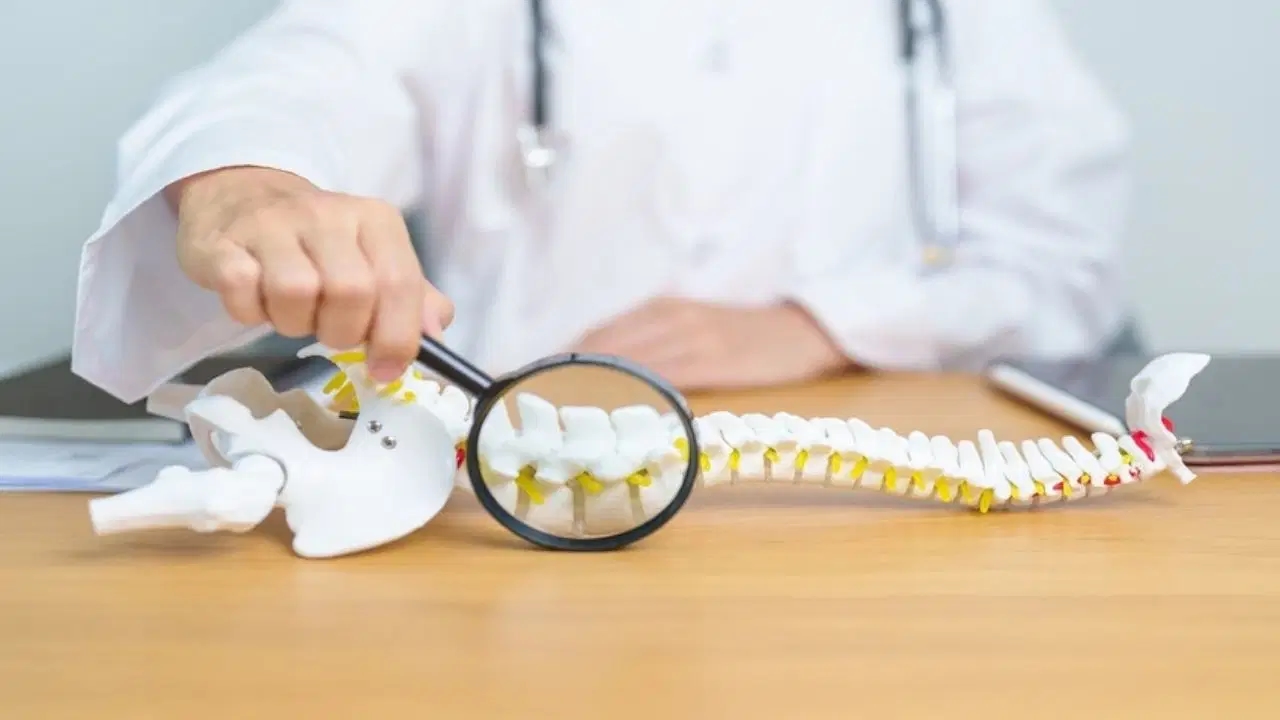1 in 3 women and 1 in 5 men are at risk of osteoporosis!

In a written statement on October 20th, World Osteoporosis Day, Prof. Dr. Yeşim Gökçe Kutsal stated that the International Osteoporosis Foundation has determined this year's theme as "This is unacceptable."
Stating that osteoporosis is a disease that makes bones weak and fragile, Kutsal said, "This condition significantly increases the risk of bone fractures, even after a minor fall or impact. Because the disease has no obvious symptoms, many people only realize they have osteoporosis when a fracture occurs."
Kutsal shared the following data on osteoporosis:
According to data from the International Osteoporosis Foundation, approximately 37 million fragility fractures occur worldwide each year in individuals over the age of 55, corresponding to approximately 70 fractures per minute. Globally, 1 in 3 women and 1 in 5 men over the age of 50 suffers an osteoporotic fracture. According to the World Health Organization's definition of osteoporosis, the disease affects approximately 6.3 percent of men over the age of 50 and 21.2 percent of women in the same age group worldwide. When these rates are adjusted for the global population, it is estimated that approximately 500 million men and women are affected by osteoporosis.
Emphasizing that osteoporosis-related fractures can lead to life-threatening problems such as chronic pain and disability, loss of independence, increased risk of new fractures, and premature death, Kutsal pointed out that osteoporosis and related fractures affect not only patients but also families and society, placing a heavy and costly burden on healthcare systems.
Prof. Dr. Kutsal stated that, according to research, the cost of treatment caused by the disease and related fractures is approximately $17.9 billion per year in the US and approximately 4 billion pounds per year in the UK. He added, "According to research conducted in Türkiye, it is estimated that 1.35 million osteoporosis-related fractures will occur within five years, and the cost will be $2.42 billion."
Emphasizing that osteoporotic fractures pose a significant health burden worldwide, especially in aging populations, Kutsal noted:
From an economic perspective, osteoporotic fractures impose a significant financial burden on healthcare systems due to the need for hospitalizations, surgical interventions, long-term care, and rehabilitation. Indirect costs, such as lost productivity and the need for informal care, further compound this economic burden. The social burden extends beyond the individual. Families experience emotional stress and financial hardship, while societies face increasing demands for health and social services.
The most effective way to protect against disease is to strengthen bone structure.Kutsal pointed out that the most effective way to protect against disease is to have a strong bone structure and strengthen it.
Prof. Dr. Kutsal emphasized that strong bones are the foundation of an active, independent, and healthy life, and stated that for this to happen, it is essential to exercise every day and eat a balanced diet.
Kutsal also emphasized the importance of taking adequate calcium, vitamin D and protein when deemed necessary under the supervision of a physician.
Cumhuriyet





